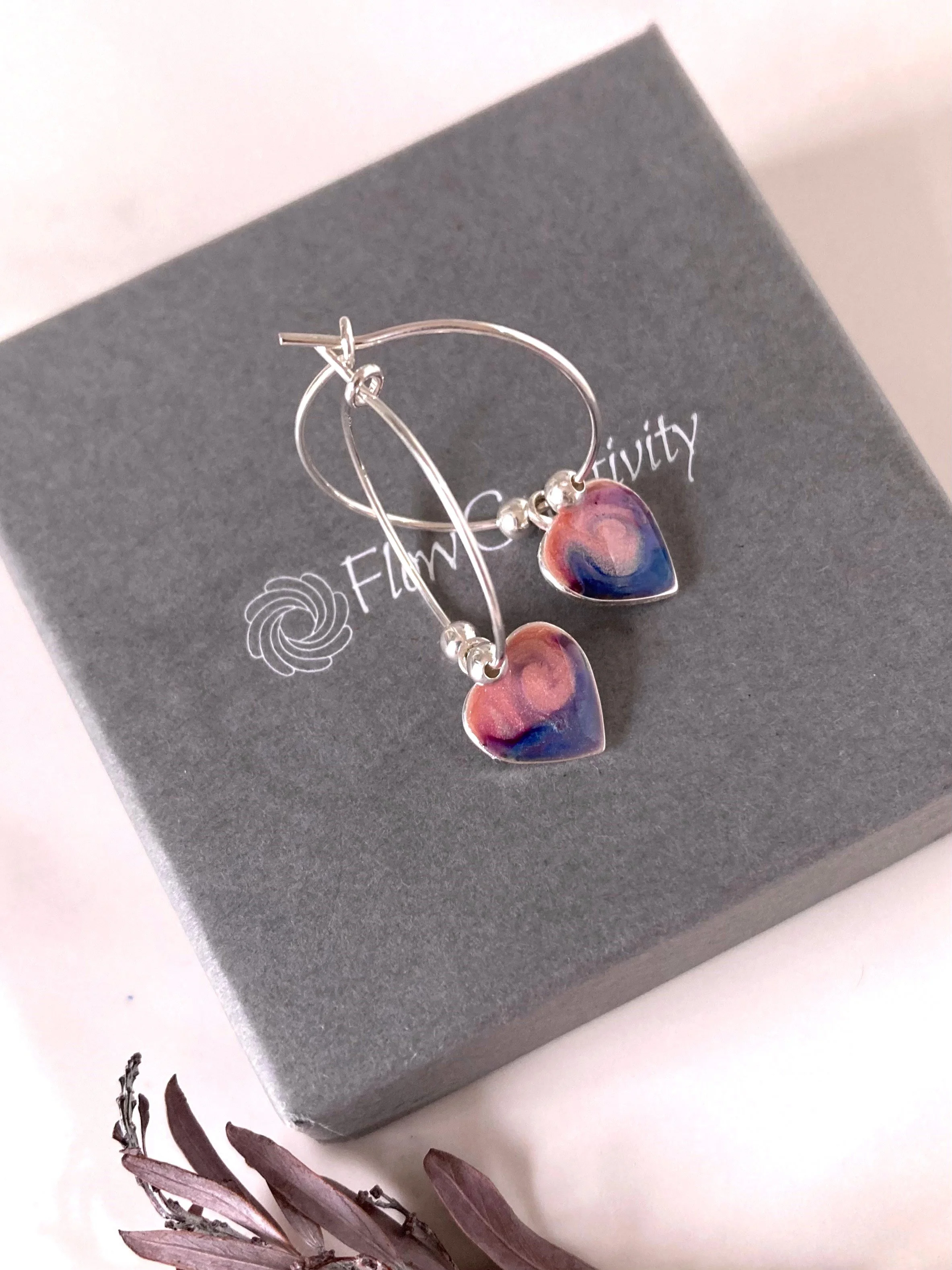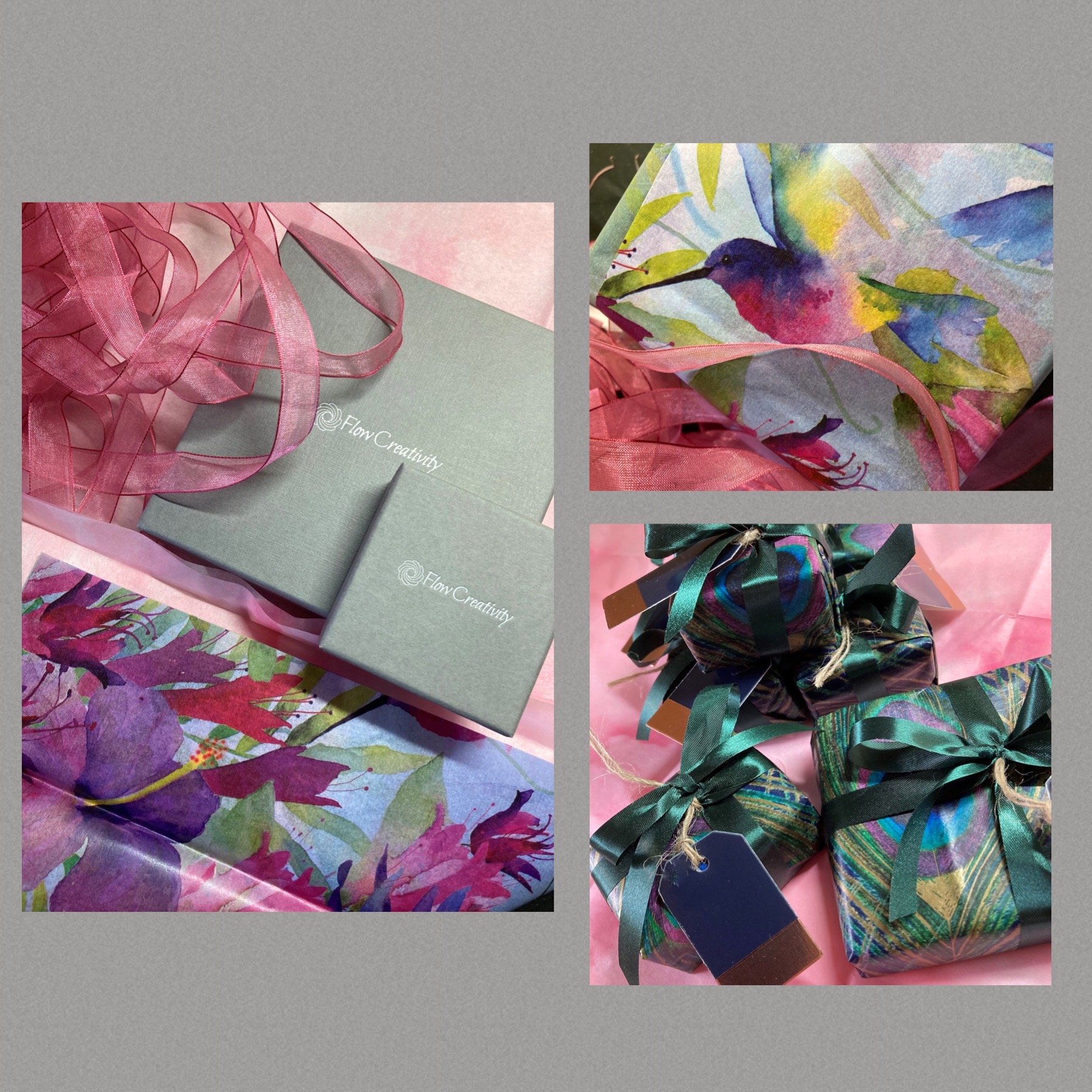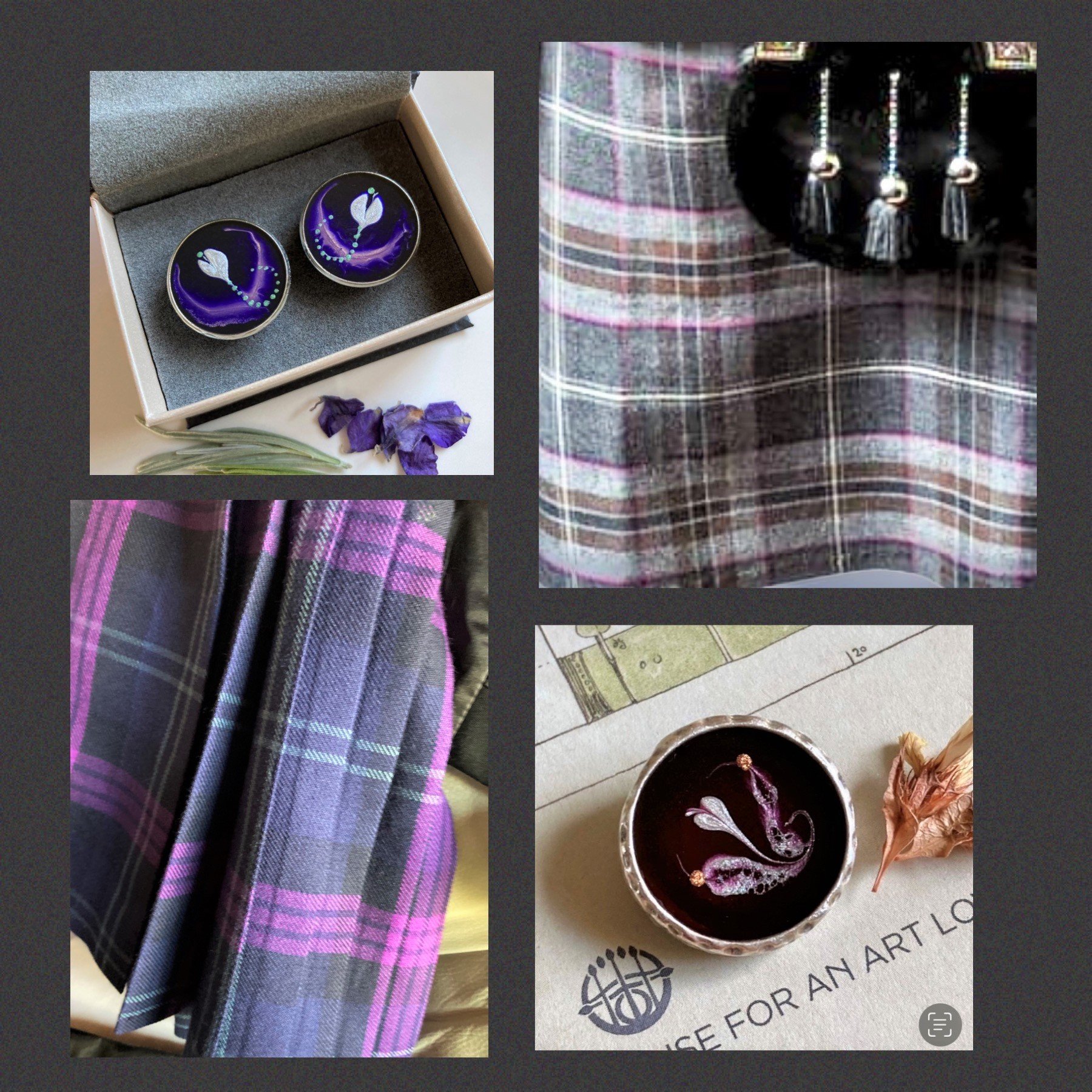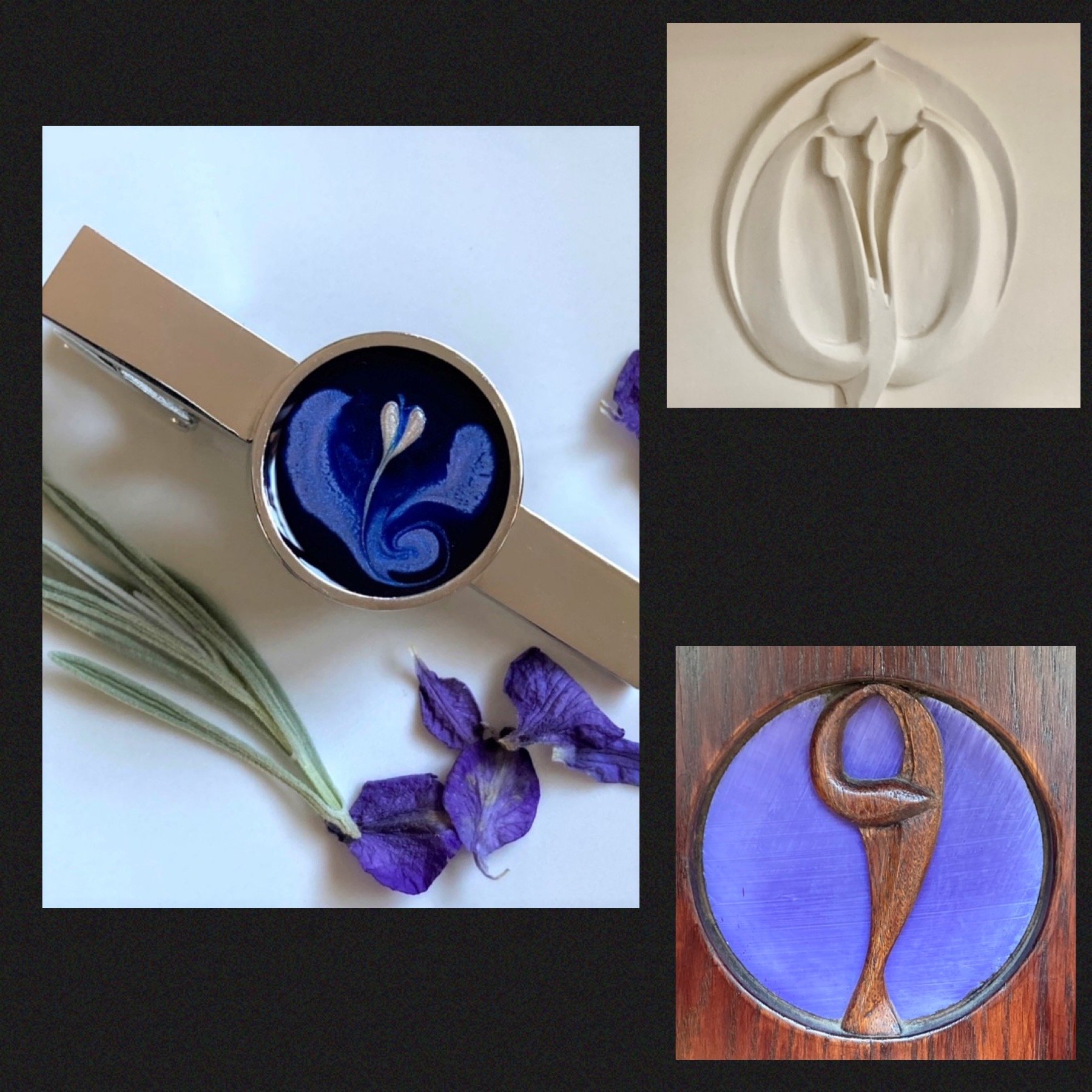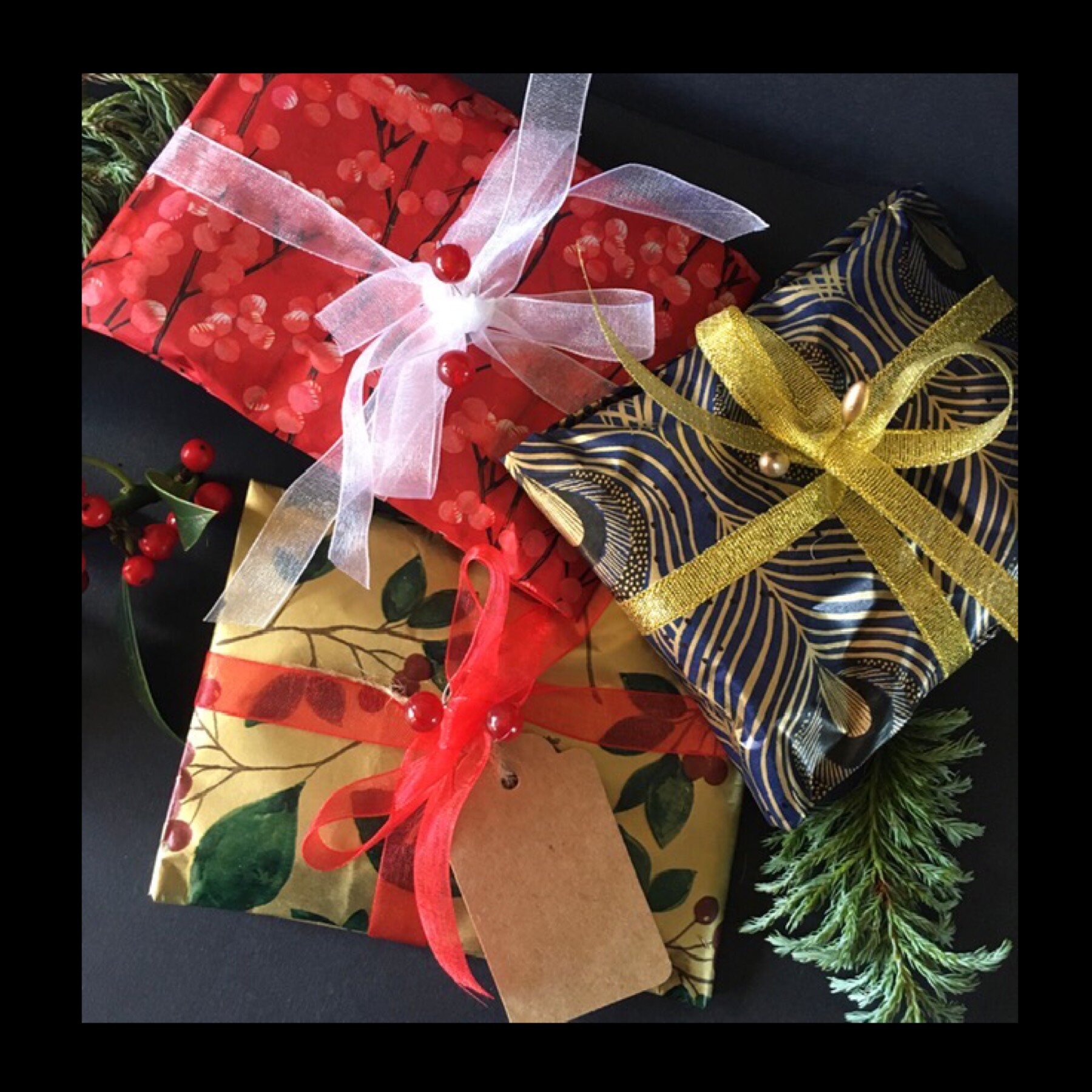In preparing for a recent Seconds and Samples Market (at wasps_Artists Studios, Glasgow), I was inspired to write this Blog with some inside stories about my approach to quality and the various factors that can lead to an item being a “second”.
This is the first in a blog series about circularity and how I bring re-purposing, recycling, zero waste and eco packaging into my work.
Making jewellery seconds available (at discounted prices) contributes to circularity by reducing wastage of what might, if I didn’t make them available to buy, ultimately end up being discarded.
Rather than hiding away unappreciated in my stock cabinet, these seconds become treasured pieces to be worn, loved and shown to the world.
So what determines a piece of my hand painted jewellery becoming a second?
First off, as a stickler for quality, I set the bar pretty high for what makes the grade, so most “seconds” items are still of very good quality.
In the main, most seconds relate to various aspects of using resin. (This is what I apply over the hand painted pieces, once the paint is dry).
The two most commonly occurring issues (although thankfully not too frequent!) are resin bubbles and dust particles.
Pictured above are two items with a resin bubble. The bestselling silver plated Ocean Pendant has, on this occasion, one remaining tiny bubble in the middle - can you spot it?
Next are a pair of Dusky Sky sterling silver Stud Earrings. One has a resin bubble over the blue paint towards the bottom.
The photos of the bubbles have been taken under a magnifying glass - the standard photos show how hard they are to spot with the naked eye. This demonstrates the quality standard I adhere to with my work.
Pictured below are some dust particles on one of the popular Forest green and gold stud earrings. “Now you see it, now you don’t”. The magnified picture shows a small stitch like line on the left just above the gold band. Again, hardly visible to the naked eye and even then, it only is apparent when light moves over it.
How do resin bubbles and dust particles occur?
Working with Art Resin involves mixing two components which then form a thick bubbly liquid. The next steps are:
applying the resin to the jewellery pieces using a cocktail stick (or pin for the really small pieces!)
using a kitchen blowtorch to get rid of the bubbles
checking for any remaining resin bubbles and dust particles with a magnifiying glass
Bubbles occur when I’ve missed seeing them - I’ve learned not to have too many tiny pieces on the resin tray as this is how the bubbles get missed! Having the larger decorations on the tray helps to manage the proportions of what I’m checking.
Dust particles occur when they settle on the resin before it is covered over for its 72 hour curing process. Again, I aim to thoroughly check each piece, however sometimes things are missed.
Some other resin issues that can occasionally occur include:
resin spill on the sides or back (this occurs when too much resin has been applied to the piece)
resin slightly pinched at the side (due to not enough resin being applied)
The other aspect that leads to pieces being deemed seconds is the about painting process. This can either be a flaw in the setting of the paints or the piece not being reflective enough of the intended design.
In the pendant below, as the paints have settled, a small blob of the dark mauve has remained - usually it merges with the pale pink.
Hope you’ve found this a useful insight to what leads to my jewellery pieces being deemed “seconds”. Hope too that you can see most of the seconds are still of high quality.
The level of discount is based on the nature of the flaw and how visible it is.
Owning a “second” is a great way to enjoy a beautiful piece of jewellery at a discounted price while simultaneously contributing to waste reduction. And what’s more, in chatting with people at markets, for some there’s a distinct appeal in owning something that has a different aspect about it (making it even more unique).
I usually have some seconds to be snapped up at markets, so come along and ask about the stories behind the seconds!
Check out my Craft Market schedule to see where I’ll be next!
Here’s a selection of current and recent seconds.
To help give you a bargain, some of the lower priced pendants are attached to cord and displayed on cards. Gift boxes and various chain lengths can be purchased at the market.
Thank you for reading












































